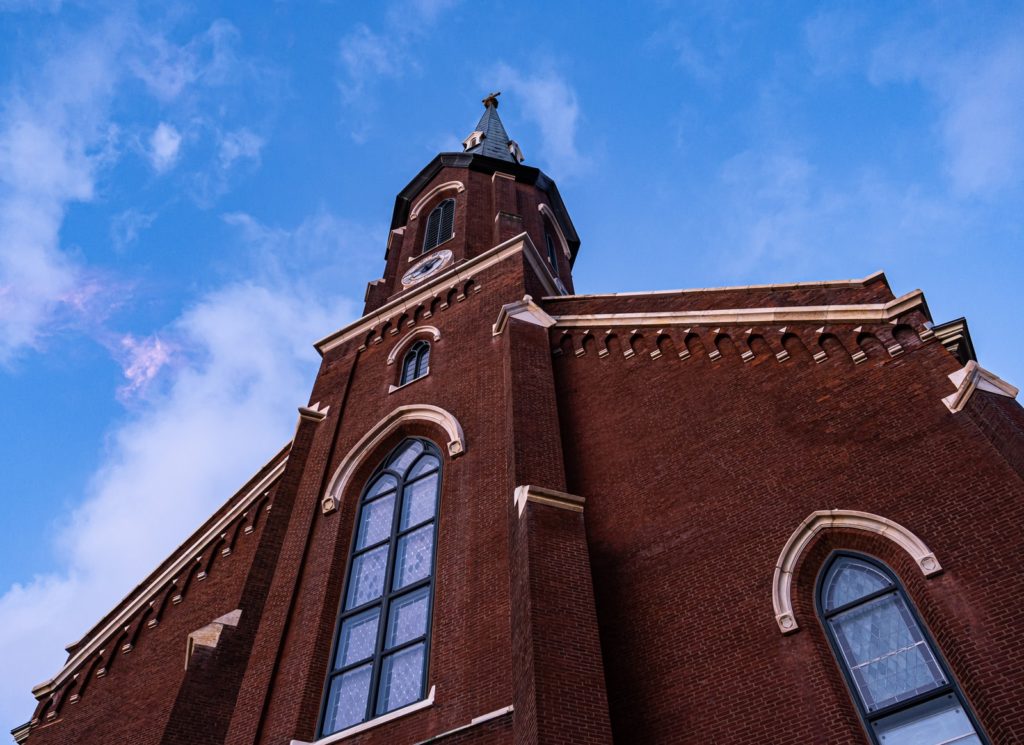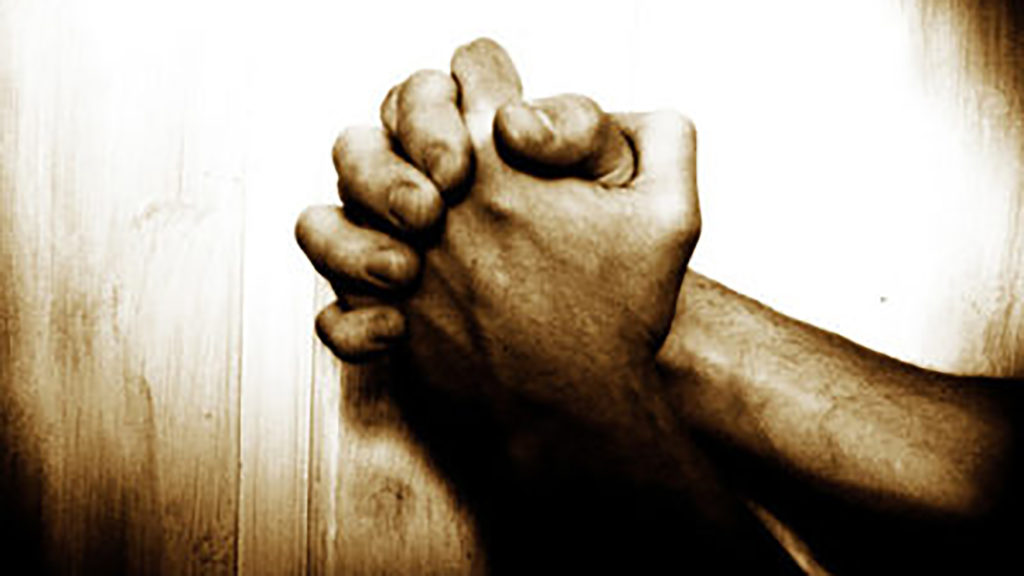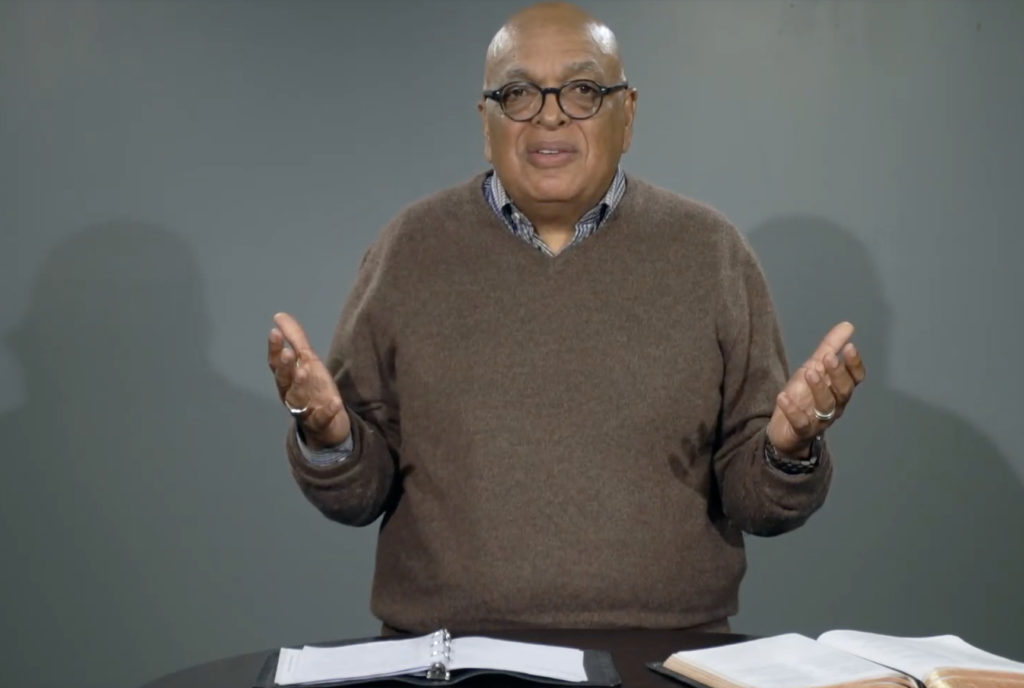A brief survey of the major works of systematic theology by influential Southern Baptist leaders illustrates the problem Southern Baptists have had since the second great awakening in terms of understanding a biblical approach to organizational church life in changing times.
John L. Dagg, president of Mercer University in Macon, Ga., 1844–1856, published his “Manual of Theology” in 1857, but he did not deal with the doctrine of the church in it.
While he wrote “A Treatise on Church Order” to deal with issues such as the offices and organization of a New Testament church, the omission of this subject from systematic theology began a tradition of discounting these issues.
Dagg’s systematic theology was replaced by the work of James P. Boyce, first president of the Southern Baptist Theological Seminary in Louisville, Ky., 1859–1888, when he published his “Abstract of Systematic Theology” in 1887. Like Dagg before him, Boyce avoided any discussion of the doctrine of the church.
Boyce’s work stood as the standard systematic text studied at Southern Seminary until E.Y. Mullins published “The Christian Religion in Its Doctrinal Expression” in 1917. Like Boyce before him, Mullins served as president of Southern Seminary (1899–1928) and omitted the doctrine of the church from his systematic theology.
During the late 19th and early 20th centuries, when the works of John L. Dagg, James P. Boyce and E. Y. Mullins had such an influence on its leaders, the churches of the SBC underwent a dramatic change in their organizational lives.
Sunday School, which had long been viewed with suspicion as a rival parachurch organization, was embraced by the churches.
Sunday School surfaces
Until Sunday School became the primary organizational structure of local Southern Baptist churches, the sermon by the pastor had been the primary (if not exclusive) means for teaching the Bible and Christian doctrine.
Alongside Sunday School came Baptist Training Union which became the primary means of teaching Christian doctrine.
By the middle of the 20th century, the Baptist Sunday School Board in collaboration with Woman’s Missionary Union (WMU), Brotherhood and the two mission boards had developed and successfully implemented in most Southern Baptist churches an organizational plan known as the Church Base Design.
This programmatic organizational model for the church also came to be called the Baptist Program. Just as the teaching ministry of the church took on a new structure that mobilized the laity of the churches to engage in the teaching ministry, the benevolence and evangelistic ministries of the church had new leadership from the WMU and the Brotherhood.
The ministry of the Word and of prayer (Acts 6:4) now involved many more people than the pastor while the other ministries involved more people than the deacons. In most cases, the new plan bypassed the pastor and deacons altogether except when deacons also happened to be involved in the new organizations.
In addition to the Baptist Program, local churches also received the encouragement to develop new committee based structures for dealing with the operation of the church.
Those routine matters of operating the churches that did not deal with the ministry of the Word and prayer had been the responsibility of the deacons.
Now new committees arose that assumed these responsibilities. In many cases, the committees reported to the deacons who became a board of directors for the church, instead of the earlier practice of the deacons reporting to the church. In time, however, the committees became independent of the deacons.
By the 1970s the Baptist Sunday School Board had developed the Deacon Family Ministry Plan intended to redefine the role of deacons as pastoral assistants who would visit the families of the church.
This plan caused great frustration for deacons in many churches and proved to be one of the great failures of Southern Baptist life. Throughout this period of colossal institutional growth, Southern Baptists continued to insist that a New Testament church has only two offices: pastors and deacons.
How can churches reconcile their practice with their belief? With large numbers of leaders nominated and elected every year to serve on committees, teach, oversee organizations and ministries of the church and otherwise function as officers of the church, the deacons developed an identity problem.





Share with others: